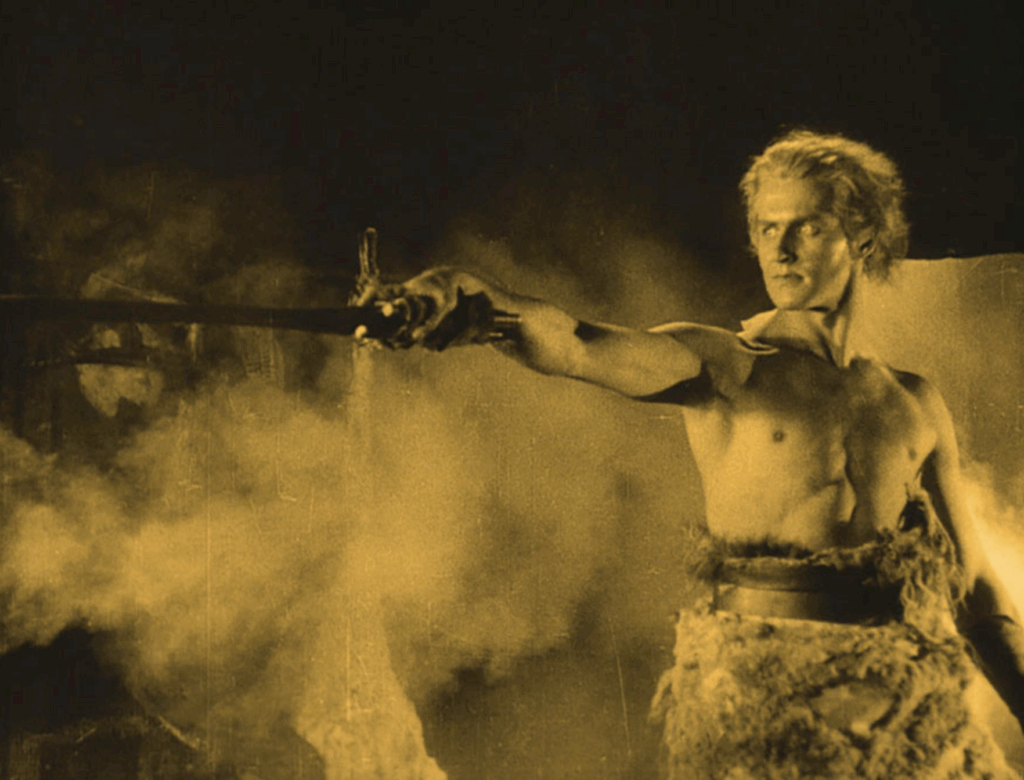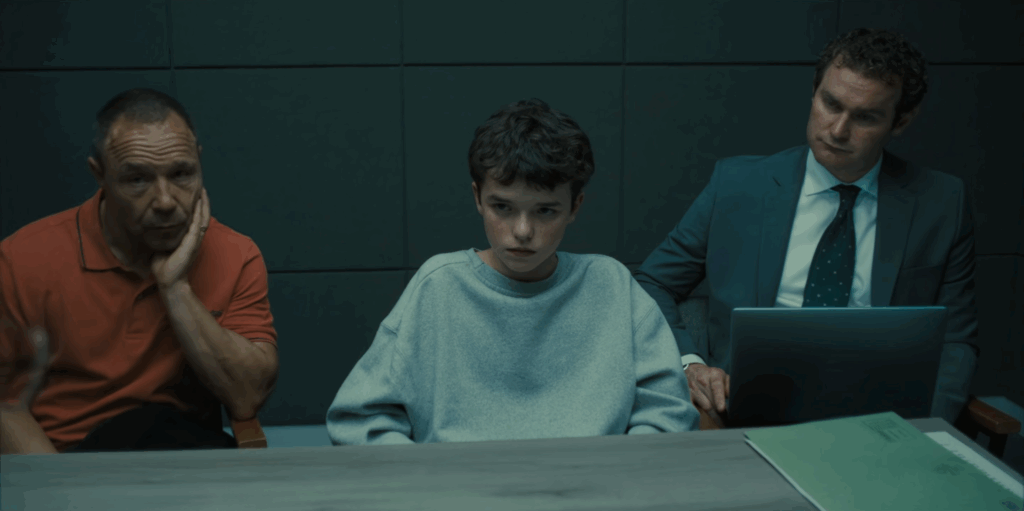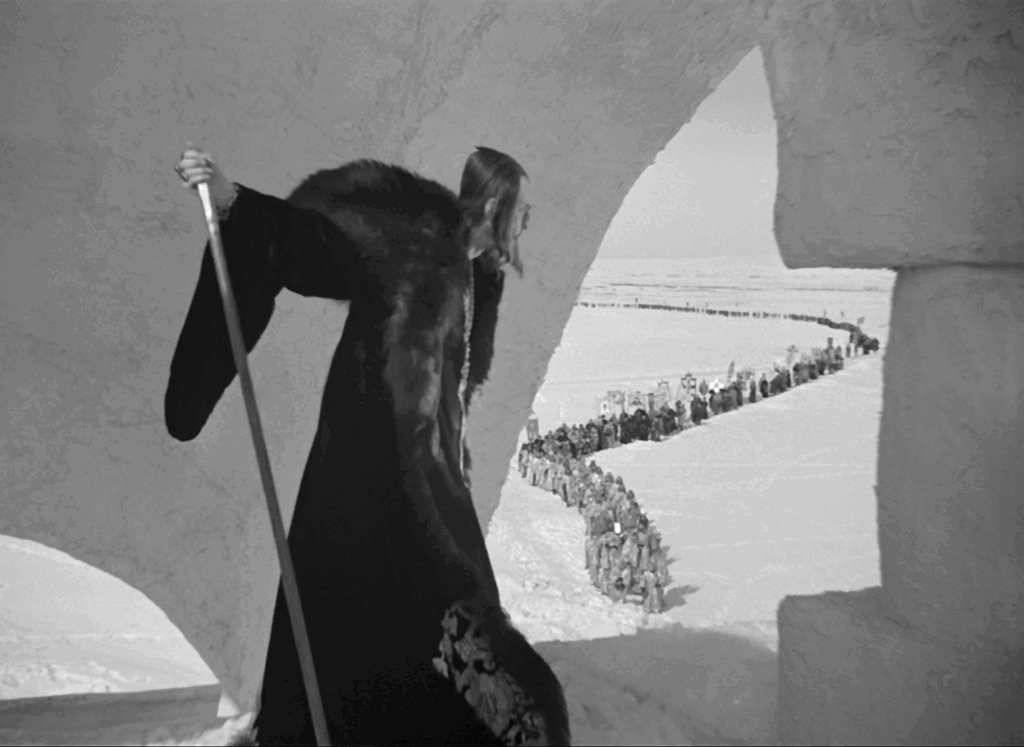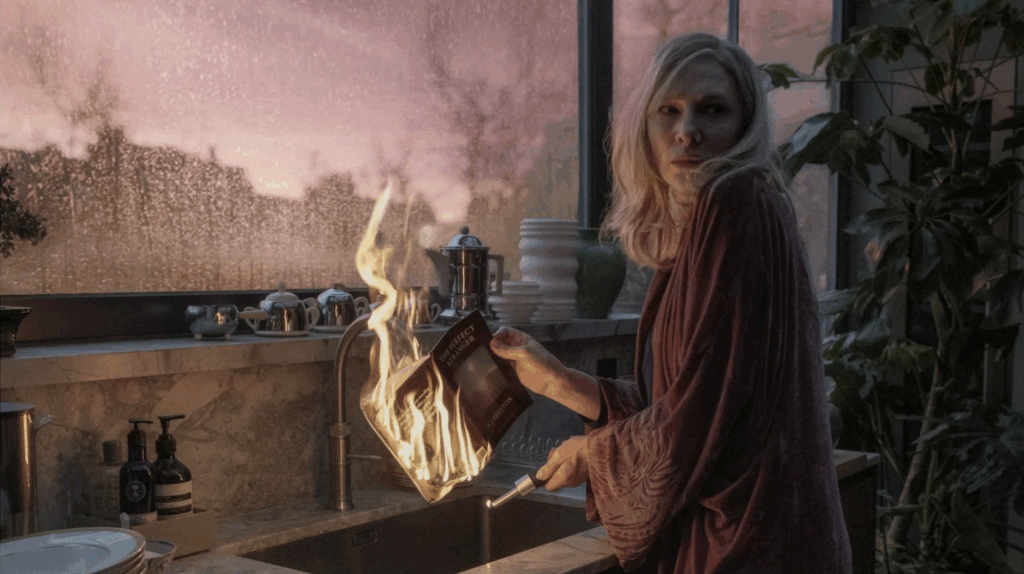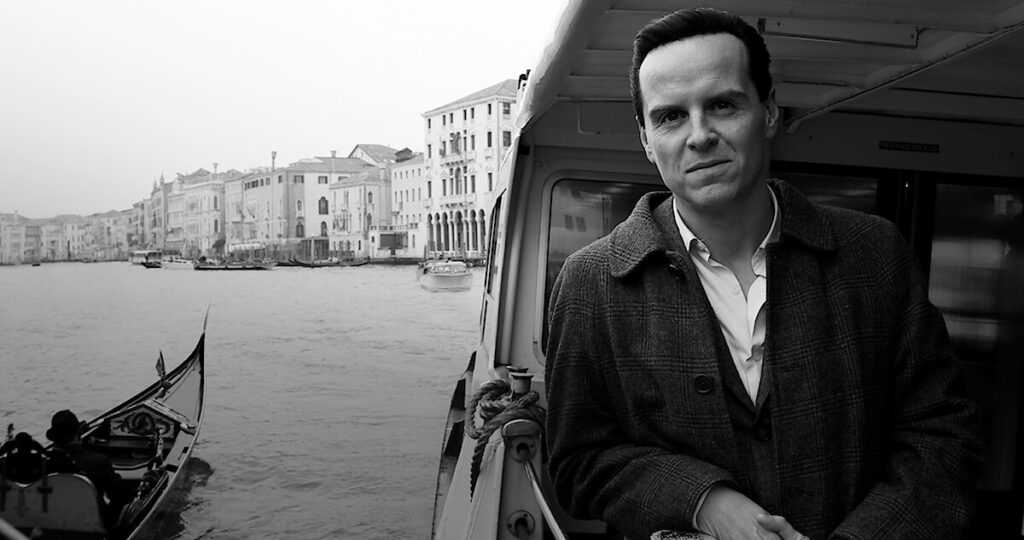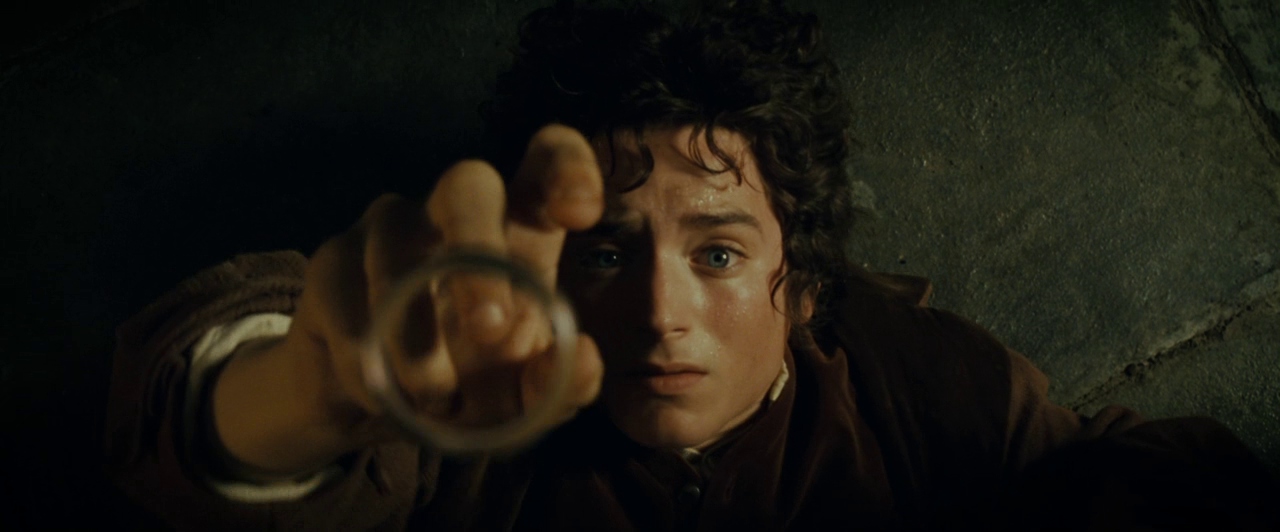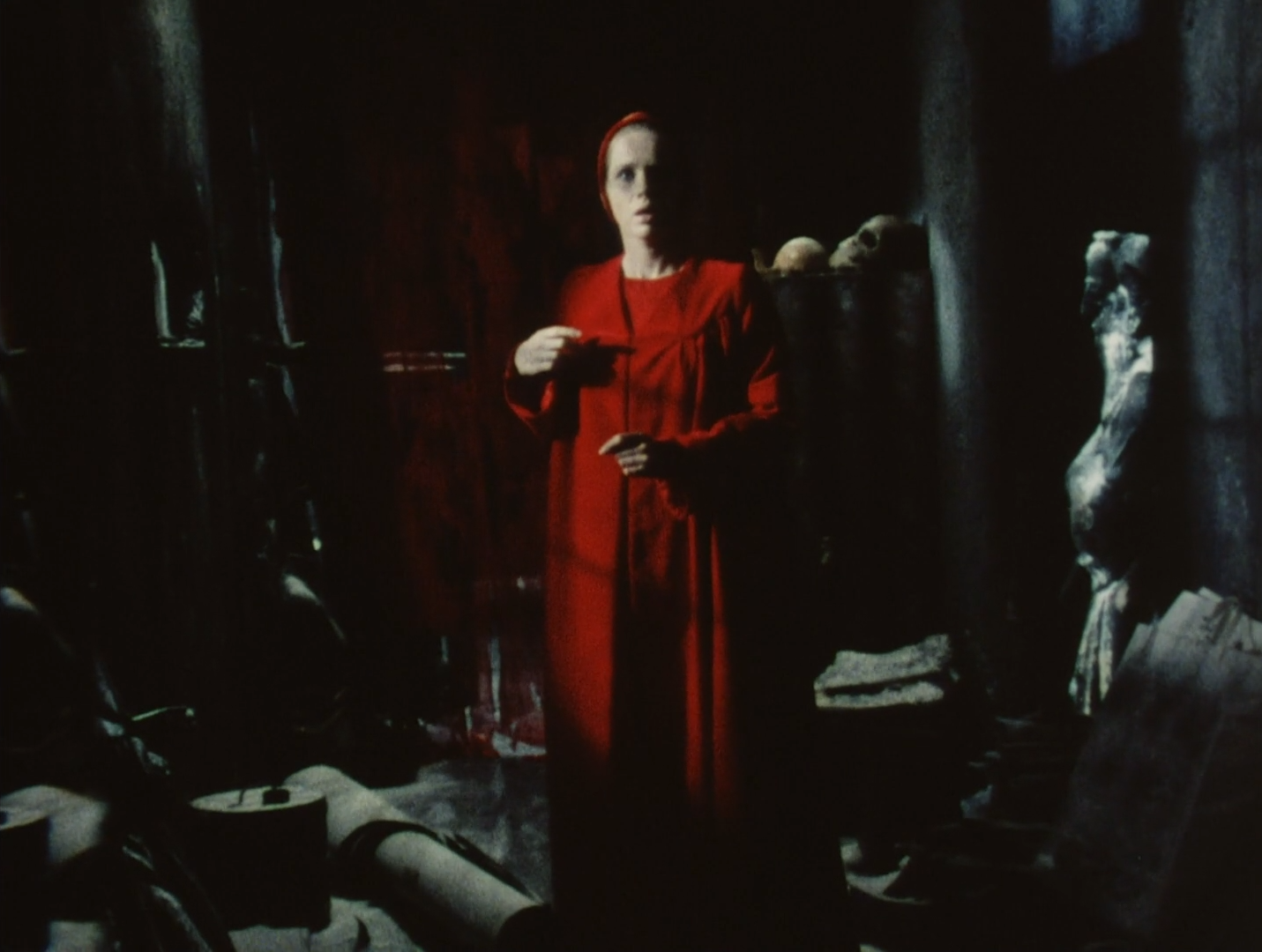Die Nibelungen (1924)
Fritz Lang’s majestic fable of ambition, betrayal, and vengeance stands as a monumental achievement of silent filmmaking in Die Nibelungen, lifting mythical kings and battles out of Germanic legend, and giving them operatic, larger-than-life form on the cinema screen.

